
Do you ever bite into something and it just feels like home? That was Rustic Crust.
What was their secret ingredient? Who knows. But it was good! The crust, the sauce, the whole vibe. It was just awesome. And now it’s gone. It wasn’t shrinking, it was just done. And so, there goes another brand we thought would last forever.
It now belongs to the memory shelf. Read on to find out how this happened.
History of Rustic Crust: From Humble Beginnings to Industry Leader
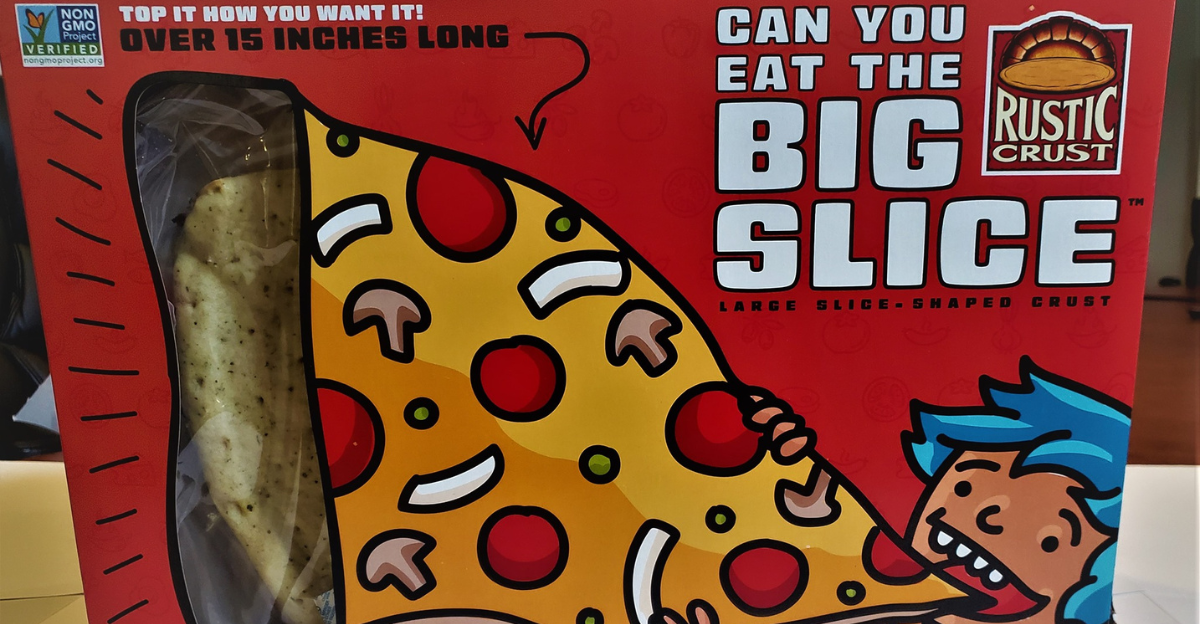
They didn’t come out swinging with fancy ads or celebrity chefs. Just contagious dedication, wood-fired ovens, organic and high quality ingredients, and a belief that frozen pizza could taste like the real deal. Soon, word spread and stores stocked up. Before you knew it, a tiny New Hampshire kitchen built an empire. To be honest, nobody saw the crash coming.
Rustic Crust’s Impact on the Local Community
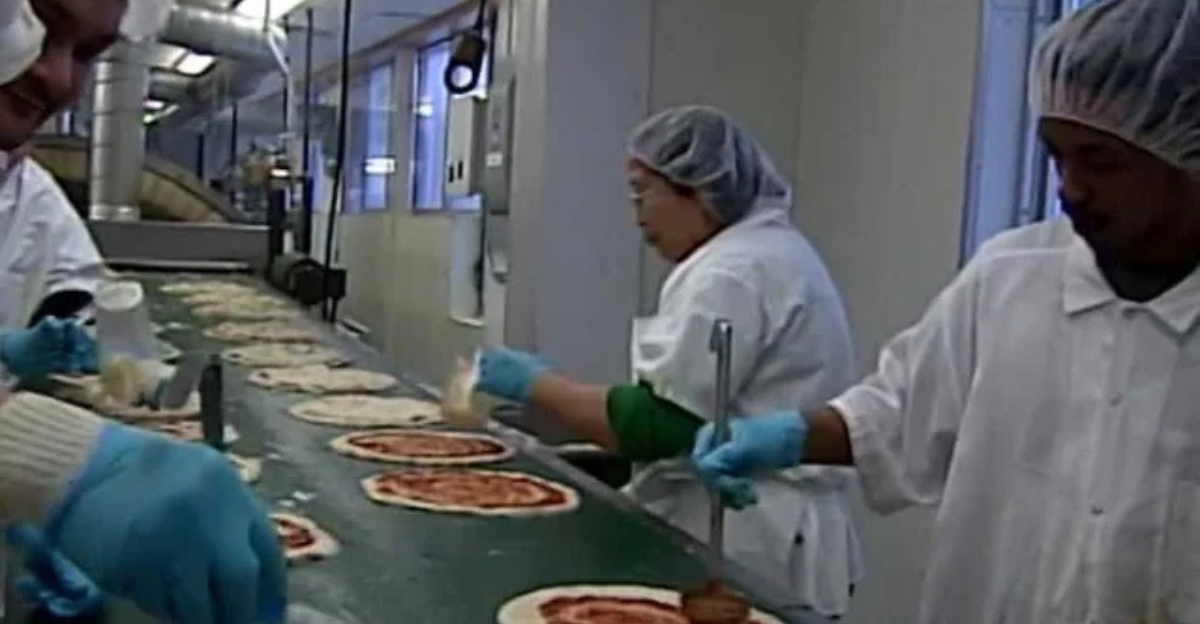
Rustic Crust played a significant role in Pittsfield’s local economy, employing approximately 75 people over the years. Locals didn’t just work there! They raised families off those paychecks. Sponsored school events. Knew each other’s birthdays. When that oven shut down, more than jobs disappeared. It was like a loss of community pride.
The Rise of Rustic Crust in the Frozen Pizza Market
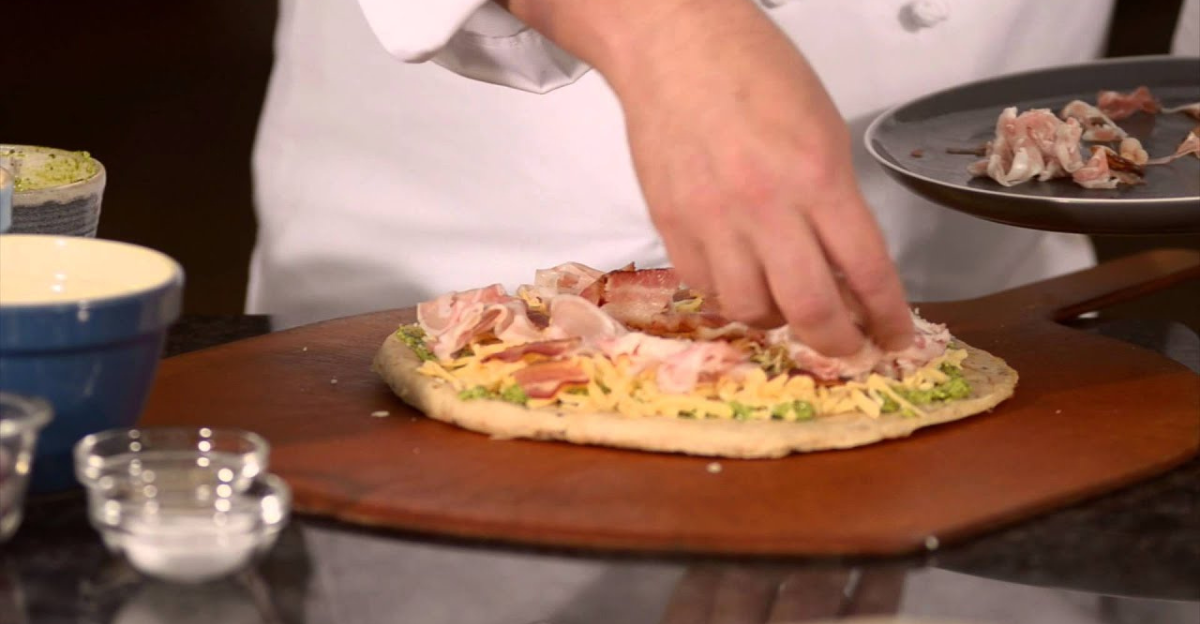
They weren’t trying to be DiGiorno. No. Rustic Crust had its own thing going. Organic ingredients. No weird chemicals. Pizzas that looked handmade because they actually were. The health crazed, foodies, even picky kids bought in. Suddenly they weren’t niche anymore. They were everywhere. And for a minute, it felt unstoppable.
Key Products That Made Rustic Crust a Household Name
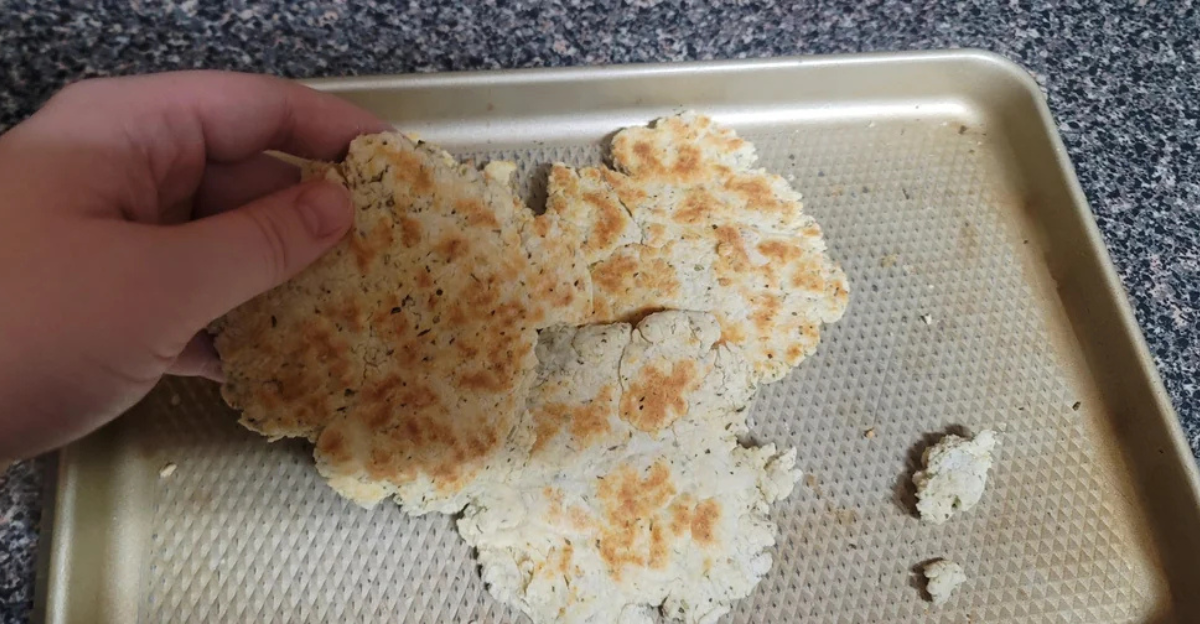
That classic thin crust was simply legendary. Their flatbreads flew off shelves like they had a fanbase. And the gluten-free option was actually edible…which is saying a lot. You’d spot those earth-toned boxes in every freezer aisle. People trusted the brand and it wasn’t just for the taste, but because it felt like real food.
Economic Challenges Facing the Frozen Food Industry
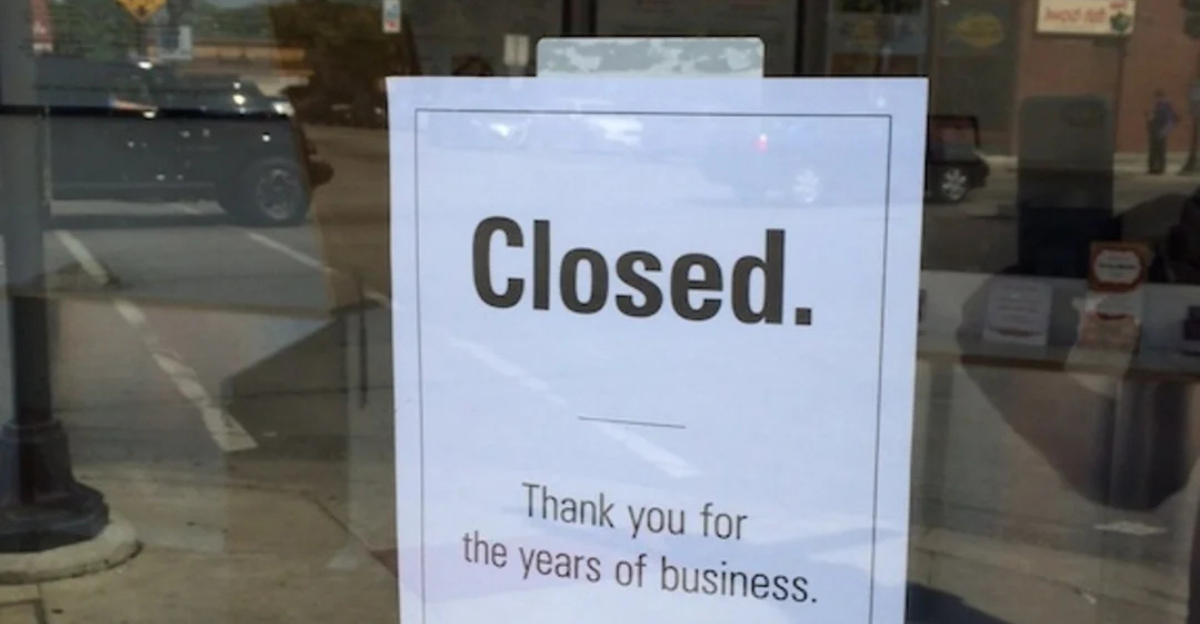
So, how did their fall come? Well, frozen food’s not the safe bet it used to be. Plus freight costs ballooned, and utility bills spiked. Added to that, big chains started squeezing suppliers for cheaper deals. And suddenly, making a quality pizza cost way more than people were willing to pay. The result was falling margins, panicky execs and closure of many good companies.
Supply Chain Disruptions and Their Effect on Rustic Crust
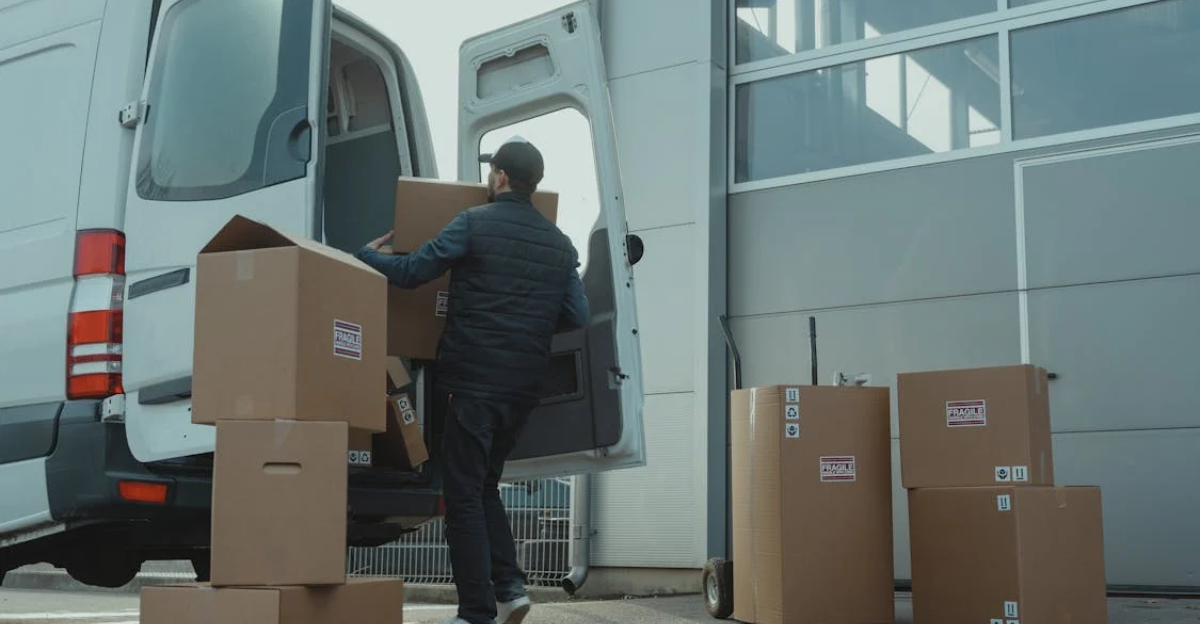
One week they couldn’t get tomatoes. Next, it was packaging. Trucks got stuck. Ingredients showed up late or not at all. Costs kept climbing every time something went wrong. And to be honest, they tried to keep up, but how can anyone keep up with such relentless barrage every week.
Rising Ingredient Costs and Inflation Pressures

Added to supply chain disruptions was rising ingredient cost. Flour, cheese, olive oil, some of them doubled in price. What used to cost a little suddenly needed a spreadsheet and a prayer. Rustic Crust didn’t want to raise prices, but what choice did they have? Inflation squeezed them from every side. Eventually the math just stopped making sense.
Changing Consumer Preferences and Market Trends
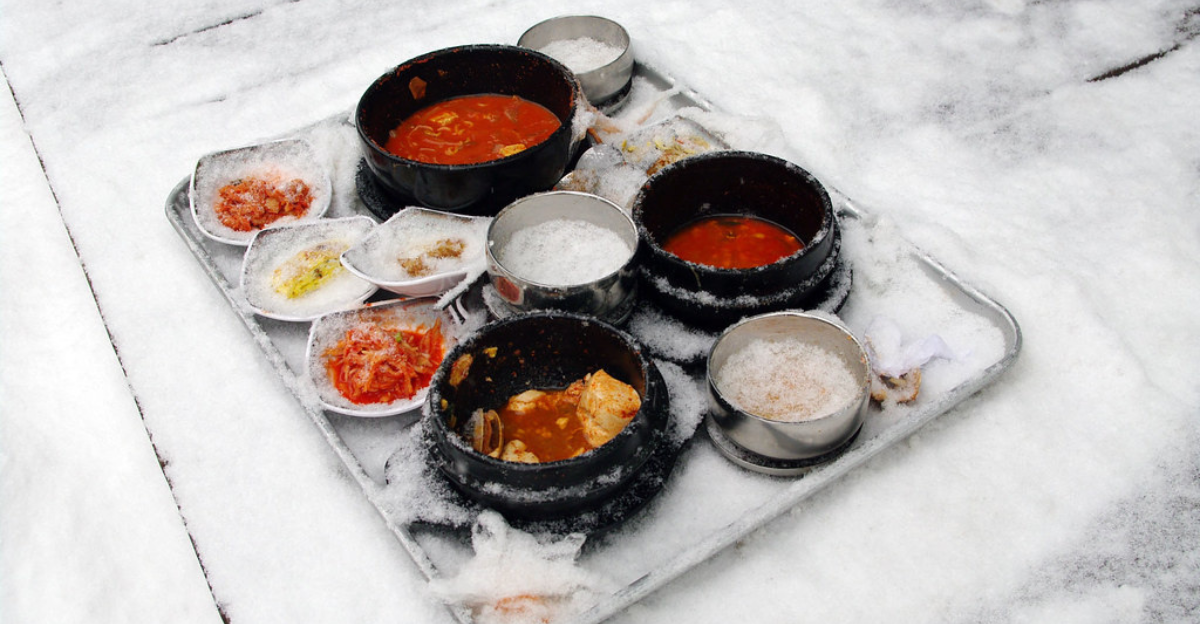
People started counting every dollar. Cheaper frozen brands took over. Some folks moved to meal kits. Others just stopped buying frozen altogether. Although Rustic Crust stayed true to its quality, the market shifted fast. So, what used to be their strength started looking like a luxury most people couldn’t afford anymore.
The Role of Private Equity Ownership in Rustic Crust’s Downfall
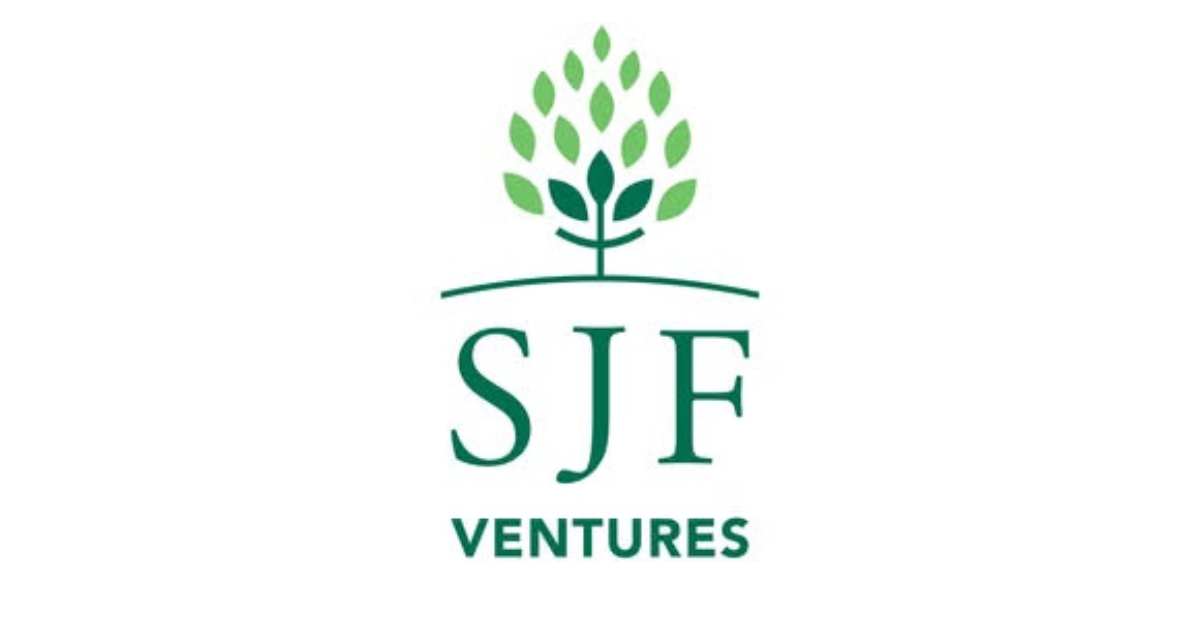
Rustic Crust was part of SJF Ventures’ portfolio, a private equity firm that invests in growth-stage companies. While private equity involvement often brings capital and strategic resources, some industry observers suggest that such ownership can also lead to shifts in company priorities. Although there is no publicly available detailed evidence directly backing this claim, it’s no coincidence that their fall kinda fits into the same timeline.
Attempts to Save the Company

They tried. Honestly, they really did. People with plans flew in. Talked about cutting costs, changing packaging, maybe merging stuff. There were meetings, whiteboards and eventually, we had a few hopeful headlines. Workers stayed loyal through all of it. But time kept running out. And soon, there was no time left.
Employee Perspectives: Stories from Those Affected

Some worked there twenty years. Others just got hired. But you know what, it didn’t matter. The day the news dropped, it hit like a punch. Folks cried. Some packed boxes in silence. One employee said it felt like losing family. They gave that place everything. And now they’re left with memories and a final paycheck.
The Auction of Rustic Crust’s Production Facility
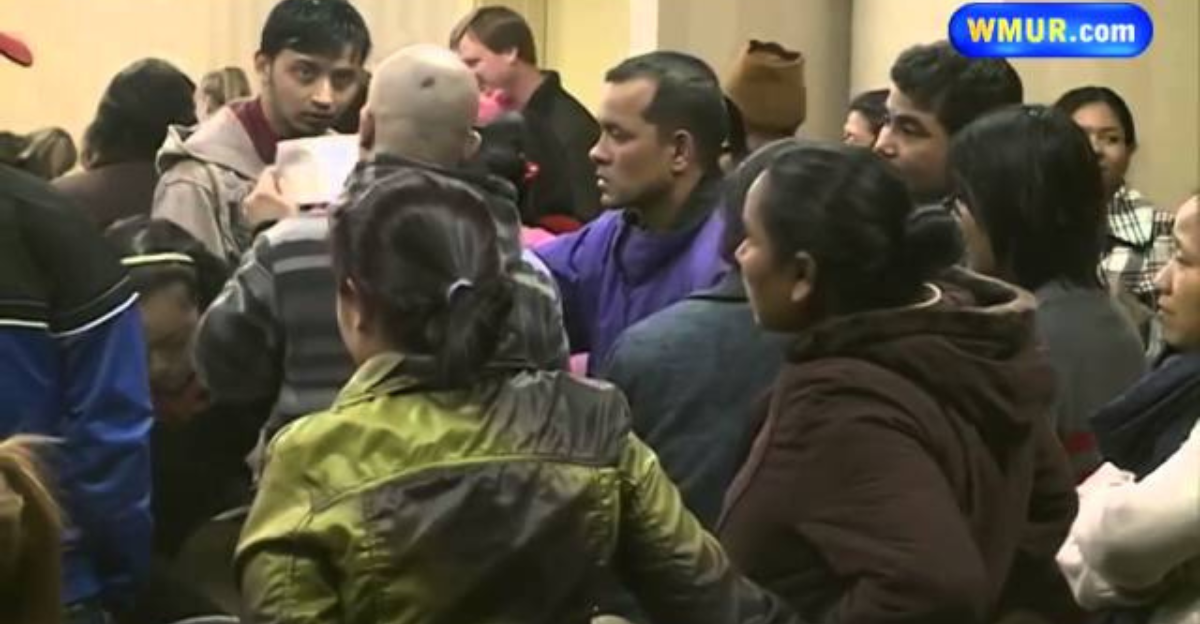
If there were any doubt, they were dispelled when Rustic Crust had to auction its infrastructure. The ovens. The mixers. Even the office chairs. All of it tagged with little numbers.
Strangers walked through like it was a garage sale. Locals watched from the sidewalk, quiet. That building once smelled like fresh dough. Now it smelled like dust and goodbye. Everything must go, they said. And it did.
Impact of the Closure on Pittsfield’s Economy

This town wasn’t built for big losses. Rustic Crust kept local shops alive. Fed nearby restaurants. Paid hundreds of bills. When it shut down, a ripple turned into a wave. And before you knew it, unemployment jumped. Small businesses felt it. It’s safe to say that Pittsfield didn’t just lose a company. It lost a piece of its economic backbone.
What Competitors Are Saying

Some pretended not to notice. Others quietly nodded, like they saw it coming. A few gave sympathy, the kind that sounds polite but distant. But behind the scenes though, there was tension. If Rustic Crust could fall, then no one’s safe. Competitors aren’t necessarily celebrating, they’re watching their backs and checking their numbers.
Lessons Learned from Rustic Crust’s Bankruptcy
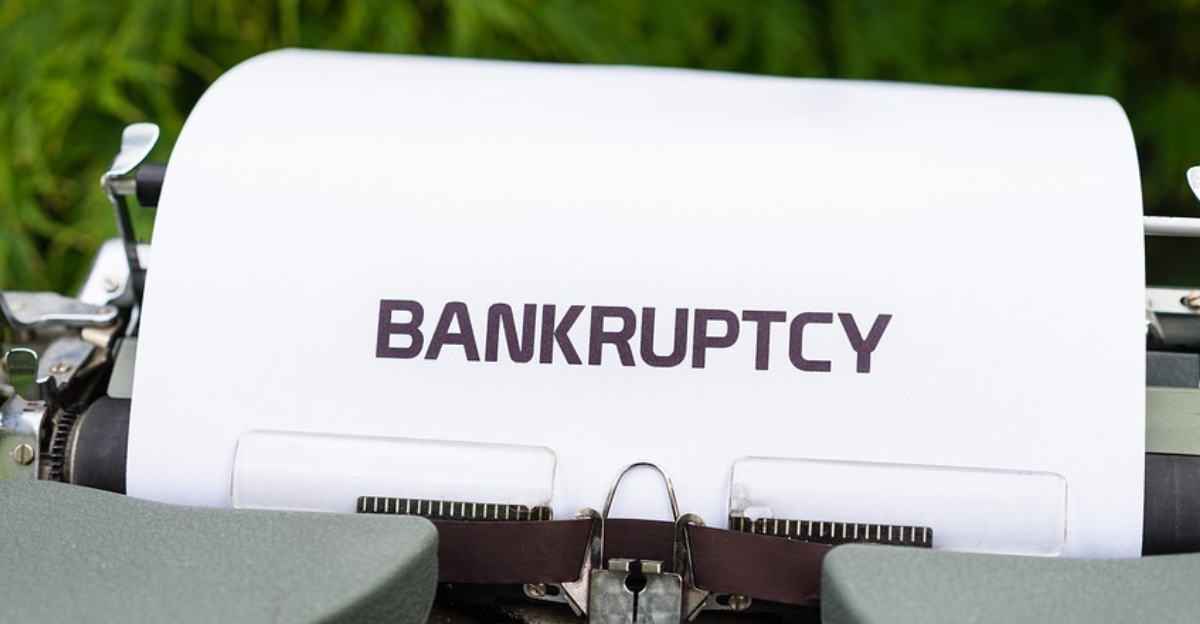
It’s not just about good pizza. You need smart money. Strong logistics. Flexibility when the market flips. Rustic Crust had heart but got caught in a storm with too many holes in the boat. Quality matters, but survival takes more. A good product doesn’t mean much if the system fails.
The Future of the Frozen Pizza Market Post Rustic Crust
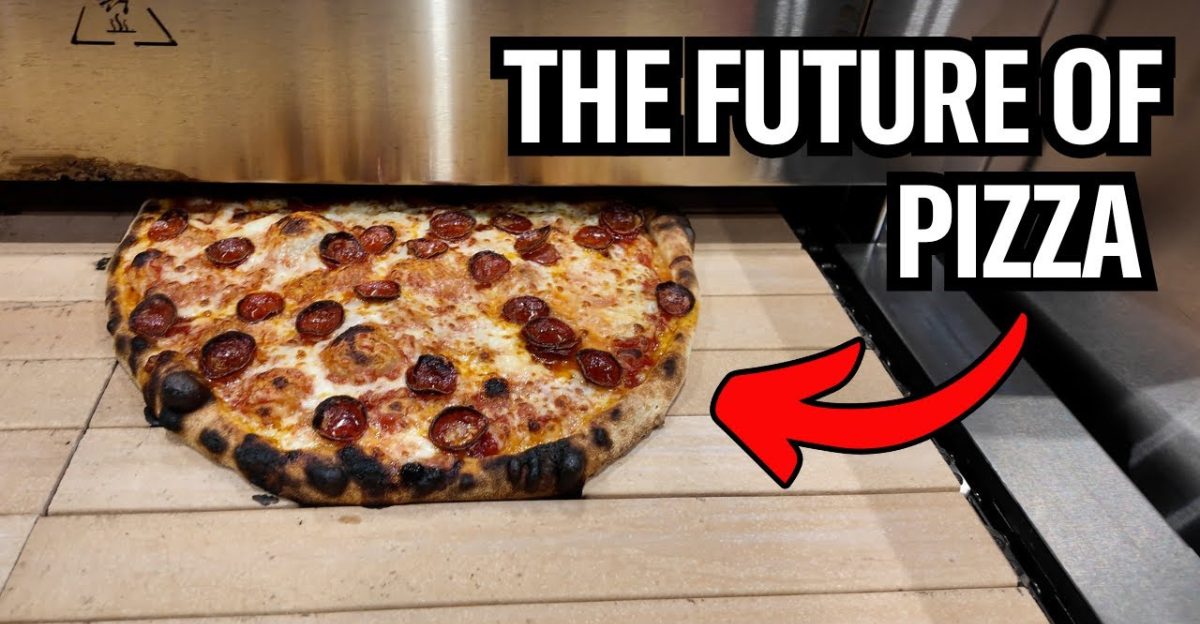
Well, things are shifting, and big brands are cutting corners. Although consumers still want convenience, they also want cheap. That sweet spot in the middle is shrinking. Rustic Crust’s fall might be a warning. The frozen pizza world is changing, and not everyone will make it.
How Consumers Can Support Local Food Producers

Buy local. It sounds simple, but it matters. Those small brands at the farmers market? The handmade stuff in the corner of your grocery store? That’s where the heart still lives. Skip the giant bargain box sometimes. Spend a little extra when you can. It helps more than you think.
Broader Implications for American Manufacturing and Food Production
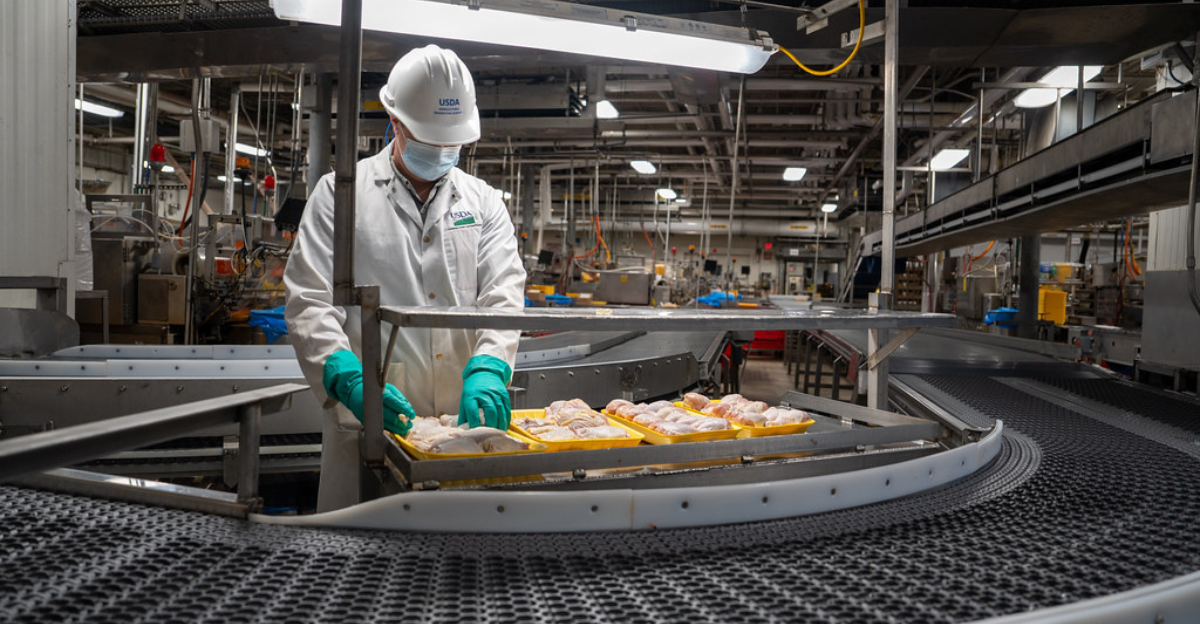
Rustic Crust wasn’t just a pizza story. It was an American story. Real people making real food. But when costs explode and ownership shifts away from the ground floor, things fall apart. This isn’t just one company. It’s a pattern. And if it keeps up, we’ll lose more than pizza.
Conclusion
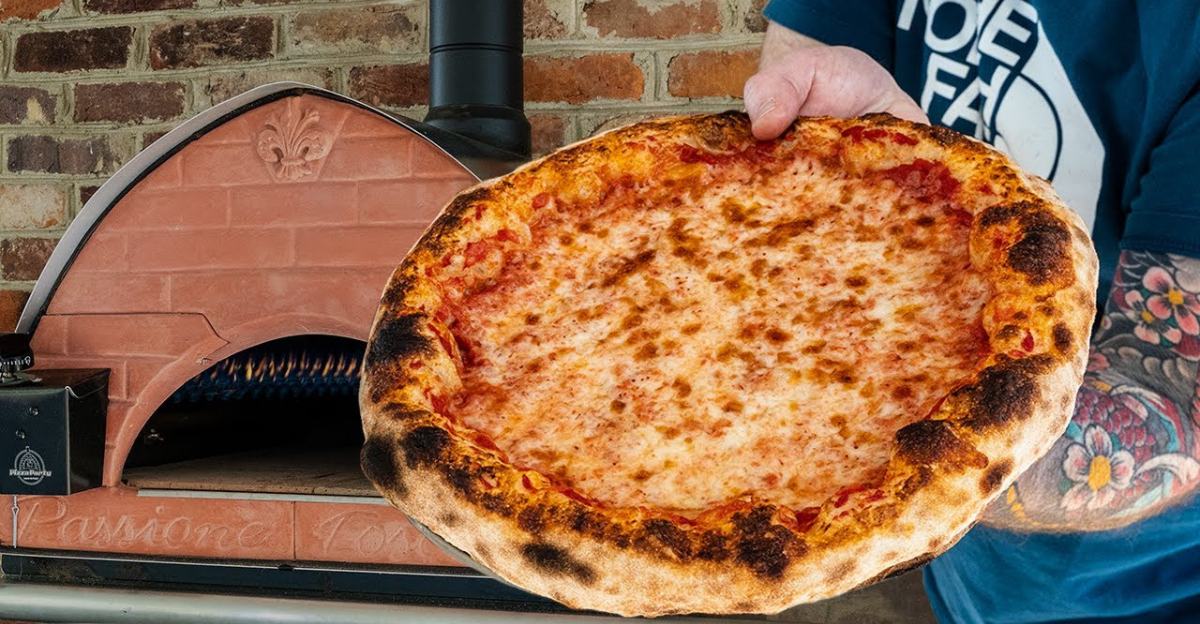
Rustic Crust wasn’t perfect, but it was real. These guys made pizza with soul, gave people jobs, gave a town something to believe in. Now it’s gone, and it hurts. We’ll move on, sure. But every time you pass that empty building, you’ll remember the smell of dough and something worth keeping.
